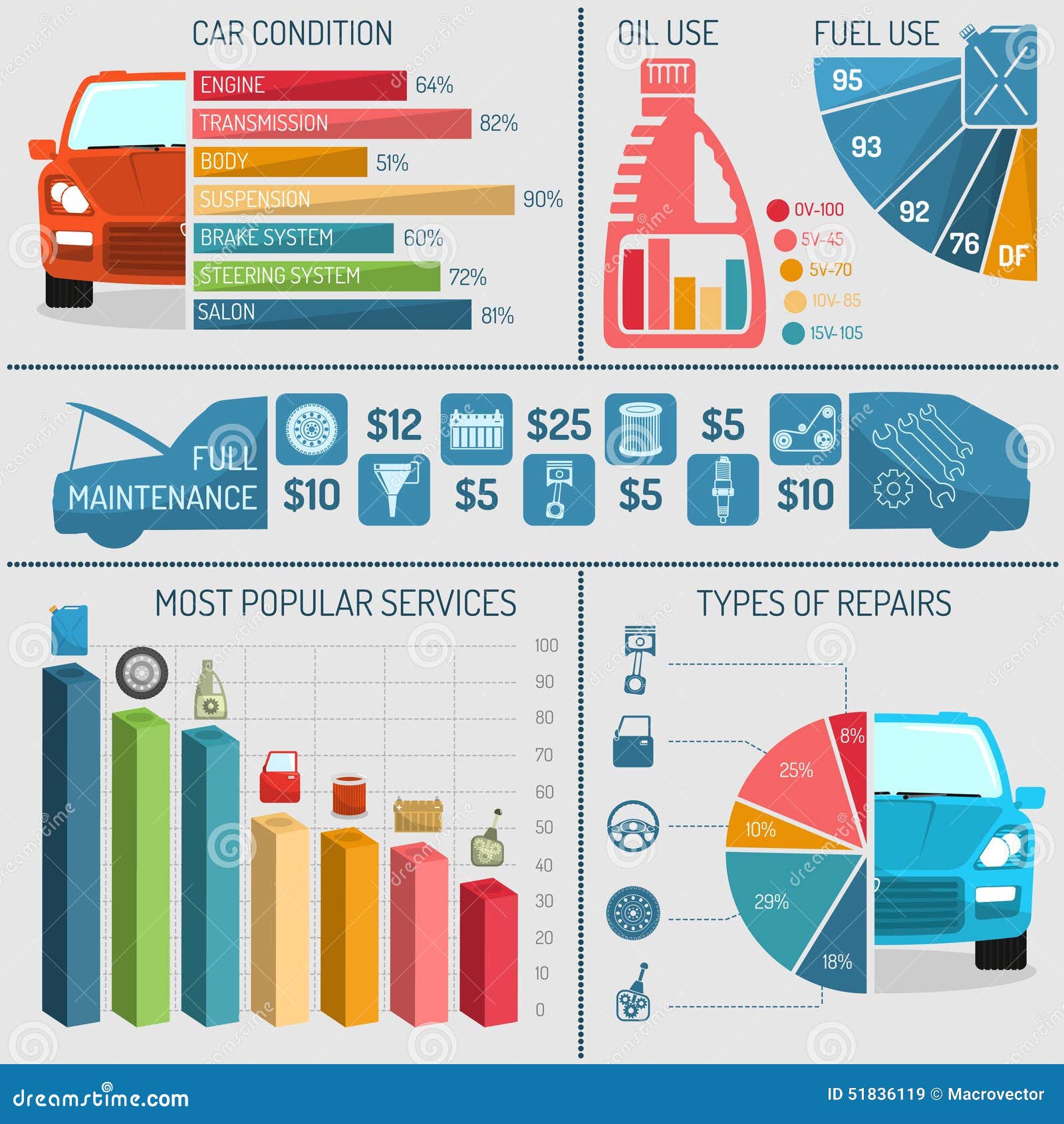Looking For Clarity On The Caution Lights Showed On Your Vehicle'S Control Panel? Learn How They Relate To Your Car'S Health And Wellness
Looking For Clarity On The Caution Lights Showed On Your Vehicle'S Control Panel? Learn How They Relate To Your Car'S Health And Wellness
Blog Article
Web Content Produce By-Samuelsen Winters
When you lag the wheel, those radiant warning lights on your dashboard can be a little bit difficult. Do you understand what they're trying to tell you regarding your car's wellness? Understanding the relevance of these lights is important for your security and the longevity of your car. So, the following time one of those lights turns up, would not you want to analyze its message accurately and take the necessary steps to address it?
Common Caution Lights and Interpretations
Determine typical warning lights in your cars and truck and comprehend their significances to make certain safe driving.
The most typical caution lights include the check engine light, which signals issues with the engine or discharges system. If this light comes on, it's critical to have your car checked promptly.
The oil pressure alerting light shows reduced oil stress, needing prompt interest to stop engine damage.
A flashing battery light may suggest a damaged billing system, possibly leaving you stranded otherwise dealt with.
The tire pressure monitoring system (TPMS) light informs you to low tire pressure, influencing vehicle stability and gas effectiveness. Ignoring this could result in dangerous driving conditions.
The abdominal light indicates a trouble with the anti-lock stopping system, endangering your ability to quit quickly in emergency situations.
Finally, the coolant temperature cautioning light warns of engine overheating, which can cause extreme damage otherwise fixed quickly.
Recognizing these typical caution lights will aid you resolve concerns without delay and keep risk-free driving conditions.
Value of Prompt Interest
Comprehending the usual warning lights in your vehicle is only the initial step; the significance of promptly dealing with these cautions can not be stressed enough to guarantee your safety when traveling.
When a caution light brightens on your control panel, it's your cars and truck's means of interacting a possible issue that requires attention. Disregarding these cautions can bring about more extreme problems later on, compromising your safety and security and potentially costing you a lot more out of commission.
Motivate focus to alerting lights can protect against malfunctions and accidents. As an example, a flashing check engine light might suggest a misfire that, if left unattended, could create damage to the catalytic converter. Resolving this promptly can save you from an expensive repair.
Similarly, https://oil-and-filter-change06283.vblogetin.com/37748726/mobile-auto-describing-ease-fulfills-quality-for-your-lorry cautioning light may signify reduced brake liquid or used brake pads, essential elements for your safety and security when driving.
Do It Yourself Troubleshooting Tips
If you notice a warning light on your dashboard, there are a few do it yourself troubleshooting ideas you can try prior to seeking expert assistance.
The first step is to consult your automobile's handbook to understand what the certain warning light suggests. In some cases the concern can be as straightforward as a loose gas cap activating the check engine light. Tightening up the gas cap might fix the trouble.
An additional typical issue is a reduced battery, which can set off various cautioning lights. Inspecting car washing for rust and guaranteeing they're protected could fix the problem.
If a warning light lingers, you can attempt resetting it by separating the auto's battery for a few mins and afterwards reconnecting it. In addition, inspecting your lorry's liquid levels, such as oil, coolant, and brake fluid, can aid repair alerting lights related to these systems.
Verdict
Finally, understanding your automobile's warning lights is essential for keeping your car running smoothly and safely. By promptly attending to these informs and understanding what they indicate, you can avoid pricey repair work and possible break downs.
Keep in mind to consult your car's handbook for particular information on each alerting light and take action appropriately to make sure a trouble-free driving experience.
Remain notified, remain risk-free when traveling!
